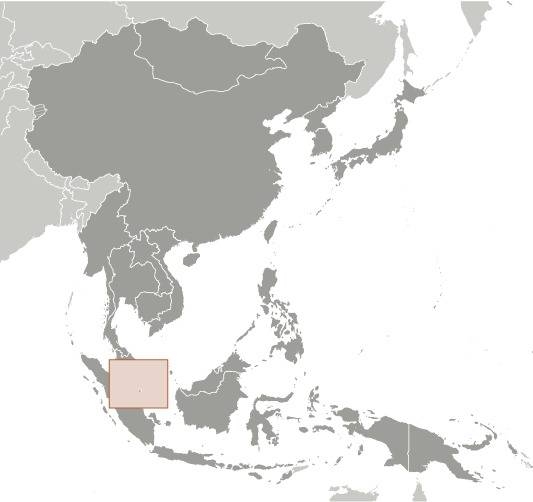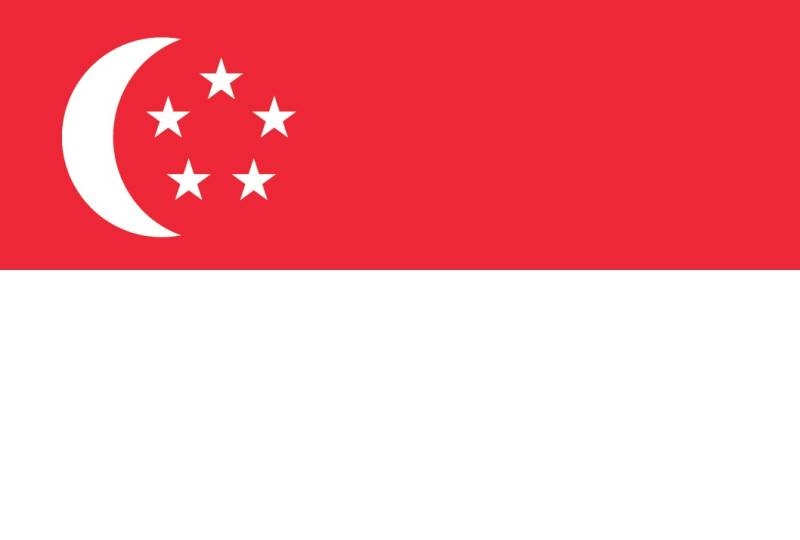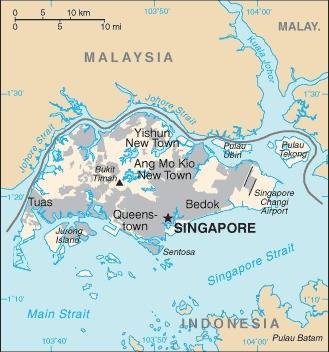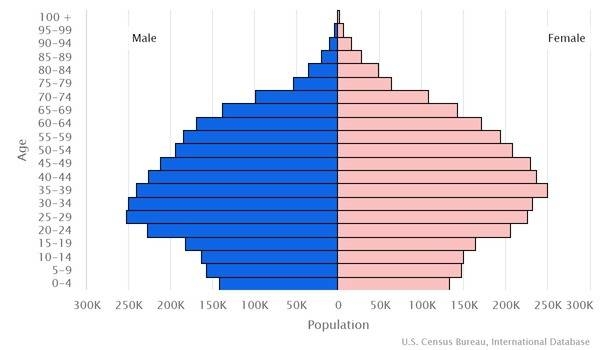Country Summary




Introduction
Background
A Malay trading port known as Temasek existed on the island of Singapore by the 14th century. The British founded modern Singapore as a trading colony on the site in 1819. Singapore subsequently became one of the world's most prosperous countries with strong international trading links.
Geography
Area
total: 719 sq km
land: 709.2 sq km
water: 10 sq km
Climate
tropical; hot, humid, rainy; two distinct monsoon seasons - northeastern monsoon (December to March) and southwestern monsoon (June to September); inter-monsoon - frequent afternoon and early evening thunderstorms
Natural resources
fish, deepwater ports
People and Society
Population
5,921,231 (2022 est.)
Ethnic groups
Chinese 74.2%, Malay 13.7%, Indian 8.9%, other 3.2% (2021 est.)
Languages
English (official) 48.3%, Mandarin (official) 29.9%, other Chinese dialects (includes Hokkien, Cantonese, Teochew, Hakka) 8.7%, Malay (official) 9.2%, Tamil (official) 2.5%, other 1.4%; note - data represent language most frequently spoken at home (2020 est.)
Religions
Buddhist 31.1%, Christian 18.9%, Muslim 15.6%, Taoist 8.8%, Hindu 5%, other 0.6%, none 20% (2020 est.)
Population growth rate
0.92% (2022 est.)
Government
Government type
parliamentary republic
Capital
name: Singapore
Executive branch
chief of state: President HALIMAH Yacob (since 14 September 2017)
head of government: Prime Minister LEE Hsien Loong (since 12 August 2004)
Legislative branch
description: unicameral Parliament (104 seats statutory, 103 current term; 93 members directly elected by simple majority popular vote, up to 9 nominated by a parliamentary selection committee and appointed by the president, and up to 12 non-constituency members from opposition parties to ensure political diversity; members serve 5-year terms); note - the number of nominated members increased to 12 for the 2020 election for the first time (2021)
Economy
Economic overview
high-income, service-based Southeast Asian economy; renowned for financial markets and Asian Infrastructure Exchange; business-driven regulations; low unemployment; electronics, oil, and chemicals exporter; continuing education investment
Real GDP (purchasing power parity)
$531.04 billion (2020 est.)
Real GDP per capita
$93,400 (2020 est.)
Agricultural products
poultry, eggs, vegetables, pork, duck meat, spinach, pig offals, bird eggs, pig fat, cabbages
Industries
electronics, chemicals, financial services, oil drilling equipment, petroleum refining, biomedical products, scientific instruments, telecommunication equipment, processed food and beverages, ship repair, offshore platform construction, entrepot trade
Exports
$599.2 billion (2020 est.)
Exports - partners
China 15%, Hong Kong 13%, Malaysia 9%, United States 8%, Indonesia 7%, India 5% (2019)
Exports - commodities
integrated circuits, refined petroleum, gold, gas turbines, packaged medicines (2019)
Imports
$490.68 billion (2020 est.)
Imports - partners
China 16%, Malaysia 11%, United States 9%, Taiwan 7%, Japan 5%, Indonesia 5% (2019)
Imports - commodities
integrated circuits, refined petroleum, crude petroleum, gold, gas turbines (2019)
Exchange rates
Singapore dollars (SGD) per US dollar -
Page last updated: Monday, August 15, 2022
